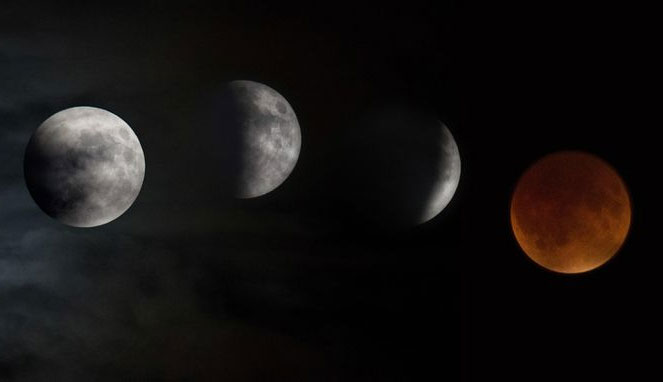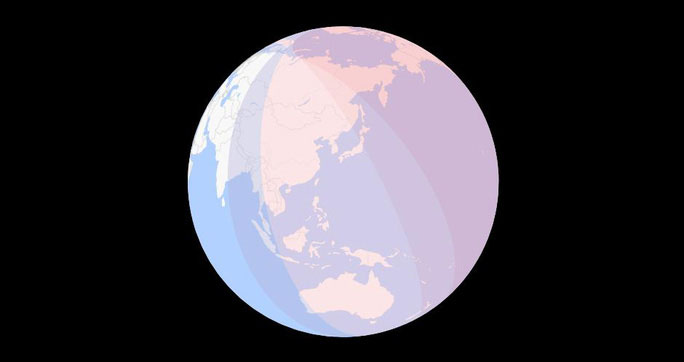According to NASA, in the most favorable observation area, the longest partial lunar eclipse of the century will last for 3 hours, 28 minutes, and 23 seconds in the early morning of November 19.
Unfortunately, Vietnam is located on the “fringe” of the area where the longest partial lunar eclipse of the century can be observed. Calculations from Date and Time show that the total observation time from Ho Chi Minh City is 1 hour, 36 minutes, and 56 seconds. The view from Ho Chi Minh City is unfavorable as weather forecasts indicate it will be mostly cloudy.

Lunar Eclipse – (Photo: NASA).
Meanwhile, Canada, most of the United States, most of Greenland, and parts of Russia will be in the most favorable observation area for the longest partial lunar eclipse of the century, with full observation time and a coverage rate of the Moon reaching 97%. The significant coverage will allow the Moon to take on a color similar to a blood moon (i.e., a total lunar eclipse) in the early morning of November 19.
In Vietnam, you will only see the Moon glowing red for a short period, before and after which there will be an “umbra lunar eclipse”, meaning the Moon will not change color but will have a faint shadow passing over the upper part of the Moon.

Vietnam is only on the fringe of the observable area and not the most favorable observation point – (Photo: Date and Time).
The reason the observation time in Vietnam is short is that during the beginning of the lunar eclipse, dusk has not yet fallen, so the Moon cannot be observed. On November 19, the lunar eclipse will be visible from Vietnam starting at moonrise (5:26:44 PM), reaching its peak at 5:32:49 PM. The partial lunar eclipse will end at 5:47:04 PM, and the umbra lunar eclipse will conclude at 7:03:40 PM.
According to the Holcomb Observatory at Butler University, Indiana, this upcoming lunar eclipse will be the longest partial lunar eclipse of the century and also the longest in the past 580 years.
A lunar eclipse occurs when the Earth falls directly between the Sun and the Moon, causing the Moon to be covered by the Earth’s shadow. Light still bends weakly around the Earth, giving the Moon a certain brightness, but the Earth’s atmosphere filters out shorter, bluer wavelengths, leaving only the longer red and orange wavelengths. When it reaches the Moon, the light appears a deep red, almost the color of rust.


















































